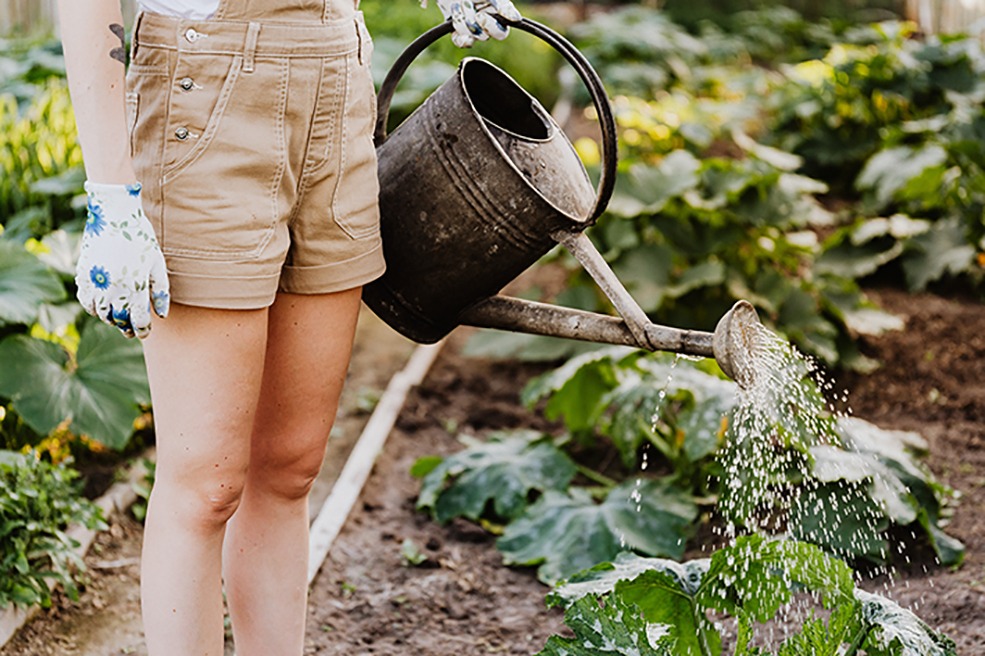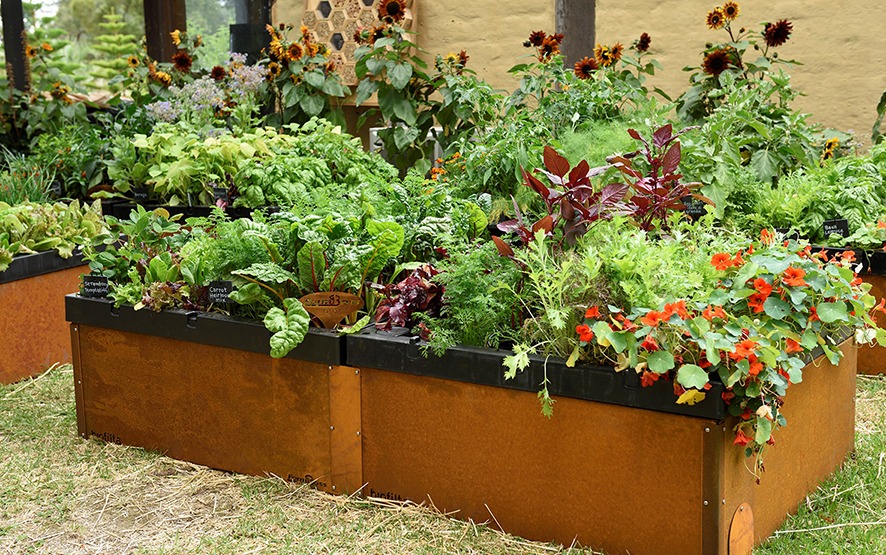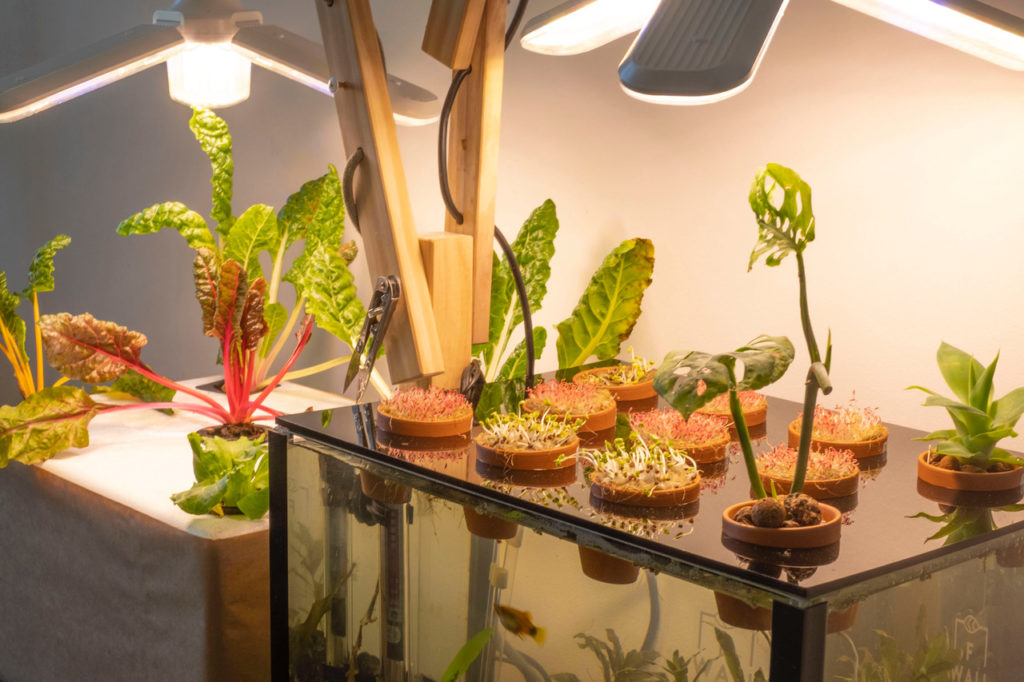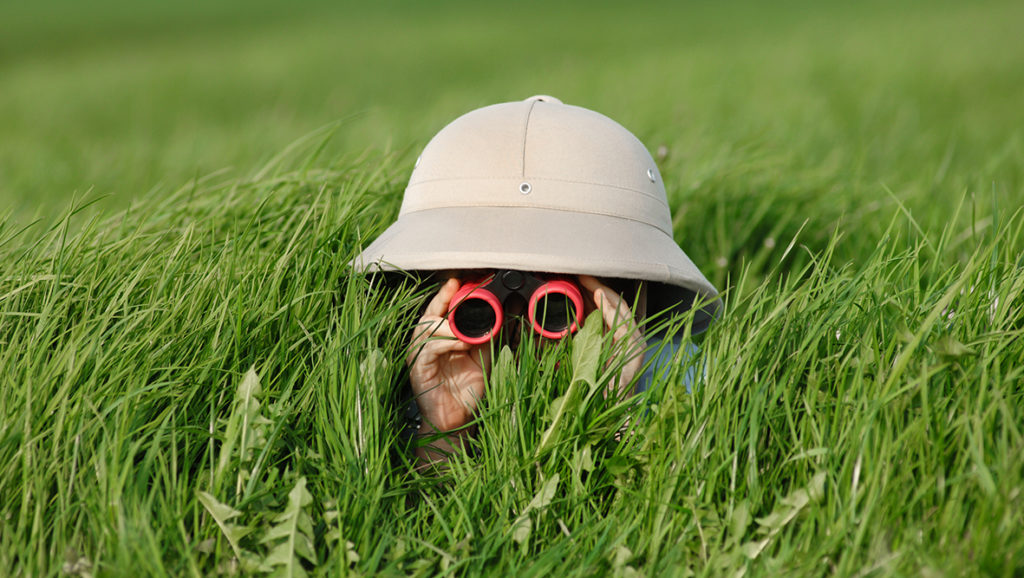COVID got you down? Get back to nature
As COVID continues to ruin just about everything good in our lives, it can be hard to find things to feel positive about. But there’s one hugely positive thing that even a global pandemic can’t spoil – nature. Whether you’re stuck in an apartment, enjoy the benefits of a backyard or are lucky enough to have access to wider spaces, there are loads of ways you can reengage with nature, grow your own food, help our native species and maybe even learn a thing or two along the way. Even if you’ve never even had a houseplant before, or you let your 2020 lockdown gardening efforts go to seed, there are still rewards aplenty to be had. Below, we’ve compiled some ideas to inspire your inner naturalist.

Gardening is great for body and mind
Countless studies have been done on the physical and psychological benefits of gardening, with research findings always coming up roses. A meta-analysis of 22 different studies published in the journal Preventive Medicine Reports found that gardening can offer a wide range of health benefits. These include reductions in depression, anxiety and body mass index, as well as increases in life satisfaction and overall quality of life.
Another study, published in the British Medical Journal, found that gardening can cut the risk of a heart attack or stroke and prolong life by as much as 30 percent among people aged 60 or over. Researchers at Princeton University in the US found that gardening at home had a similar effect on emotional wellbeing as cycling, walking or dining out. Having a vegie garden also increases fruit and vegetable consumption, according to a study from the American Society for Horticultural Science. And Anglia Ruskin University researchers in the UK even found that gardening can help to improve a person’s body image.
These findings are really just the tip of the iceberg (lettuce) when it comes to the manifold benefits of gardening. So dig out those crusty gardening gloves and get ready to start growing a healthier body and mind as you begin to create a healthy garden.

Grow your own vegies
It’s such a rewarding feeling to watch a vegie garden flourish and grow under your care. It’s even more rewarding to be able to harvest and eat the food that you and Mother Nature have produced. Never had a vegie patch before? Bunnings horticulturalist Katy Schreuder shares these handy tips to get you started.
1. Sunlight: put your vegie garden in a north-facing area. This ensures plants get lots of sun.
2. Wind: make sure to locate your vegie garden away from exposed and windy areas.
3. Think about pets: if you have destructive pets (such as chickens, who love to scratch through dirt, dig up seedlings and eat your carefully planted vegies; or dogs who enjoy digging big holes) then consider an area that can be fenced off to protect it.
4. Locate near water: locate your vegie garden close to a tap if possible, as it will help with watering. When newly planted, it’s necessary to keep the soil moist with regular watering.
5. Mobility: if you’re creating a vegie garden for someone with limited mobility, building a raised garden bed can be helpful to avoid too much bending and stretching.
6. Think big. Ideally, the larger the garden bed the better. This will allow you to plant lots of different varieties and build up your soil to be full of nutrients.

What you need to set up a vegie garden
1. A quality garden fork and spade as well as some small hand tools are all useful.
2. Trellises and stakes are also handy for taller varieties and climbing vegetables.
3. Invest in a quality hose to help with watering.
4. Think about the health of your soil. A good mix of compost and manures can promote healthy soil and strong plant growth. For a list of foods you can compost, click here.
5. If you’re building a raised garden bed, untreated sleepers are ideal. There are also many raised garden beds available at Bunnings. You can also consider repurposing items you already have. Old wheelbarrows, sinks and old bathtubs can all be used. Get creative!
For more tips on getting your vegie garden ready ahead of spring, including tips on preparing your soil, click here. For more gardening information and a wide range of products (they offer home delivery) and DIY advice, head to the Bunnings gardening advice website. If you’re wanting to plant something a bit different, The Diggers Club offers a wide range of heirloom vegetable seeds and bulbs, as well as native flowers, trees and shrubs.

Got limited space?
You can still enjoy all the benefits of gardening if you have a balcony or small courtyard. Sustainable Gardening Australia has some great advice on growing produce in pots. You can even grow vegies indoors using a kit like Farmwall’s Ecosystem Indoor Farm. The system comes with all the equipment and growing materials you need as well as membership to an online virtual community garden. This includes education resources, weekly live Q&As and monthly sustainability live streams. You can check out the full Farmwall range here.

Plant for our pollinators
Growing your own food is one thing. Helping our pollinators to grow food for everyone is even more important. Native and honey bees pollinate most of the crops that feed us, but bee populations are now under threat. Destruction of natural habitat, intensive agricultural practices, pesticides and bushfires have all led to a big drop in our bee populations.
By growing pollinator-friendly plants in your garden, you can do your bit to help support our hard-working bees. AgriFutures Australia offers a free and comprehensive bee-friendly planting guide online. It covers pretty much everything you need to know, including the right plant selection that suits your climate and home environment, whether you live in an urban area or in the country. You can also double up by planting foods like broccoli or mustard greens and, once you’ve harvested, leaving some of the plants to flower so both you and the bees get a nutritious feed. That will guarantee a feel-good buzz for certain.
For more advice on building a bee-friendly garden, click here or head over to PlantingSeeds. This Australian organisation works to enhance the natural environment by getting people in all types of settings to plant native vegetation to support pollinators. They offer lots of great tips and advice on what to plant to suit your climate.

Become a citizen scientist
There’s so much to be learned from nature. And thanks to the internet, there are now heaps of resources that can help you to engage with the natural environment while also giving you the opportunity to contribute to conservation and scientific research.
If you’re into birds, Birddata is a great app that lets you connect to a virtual community of bird-lovers while helping to collate important data about native bird populations. If you like games, Questagame is a mobile app that involves photographing and identifying fauna, flora and fungi. You submit your sightings, which are are verified by experts, and you gain points.
The Atlas of Living Australia is a collaborative, national project that aggregates biodiversity data from multiple sources and makes it available online. It has a range of projects that you can get involved with, from wildlife spotting and wild pollinator counting to educational activities for school kids that allows them to explore their natural environment. For those of you stuck indoors, Digivol is the ideal project to get stuck into. All you need is a computer and an internet connection, and you can help to digitise biodiversity data that’s locked up in biodiversity collections, field notebooks and survey sheets.
For a comprehensive list of Australian citizen science projects that you can sign up for, head to the Australian Citizen Science Association website.









